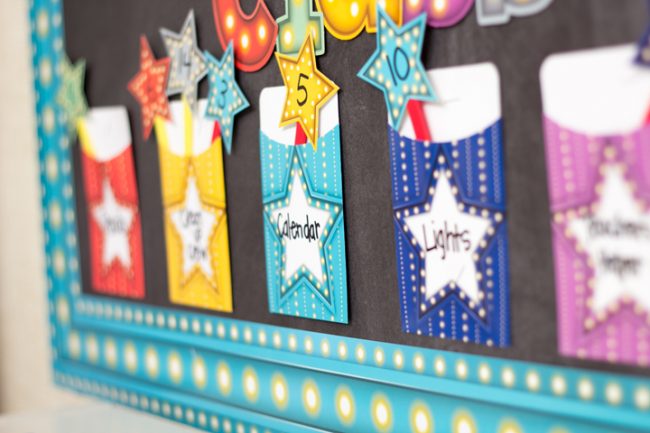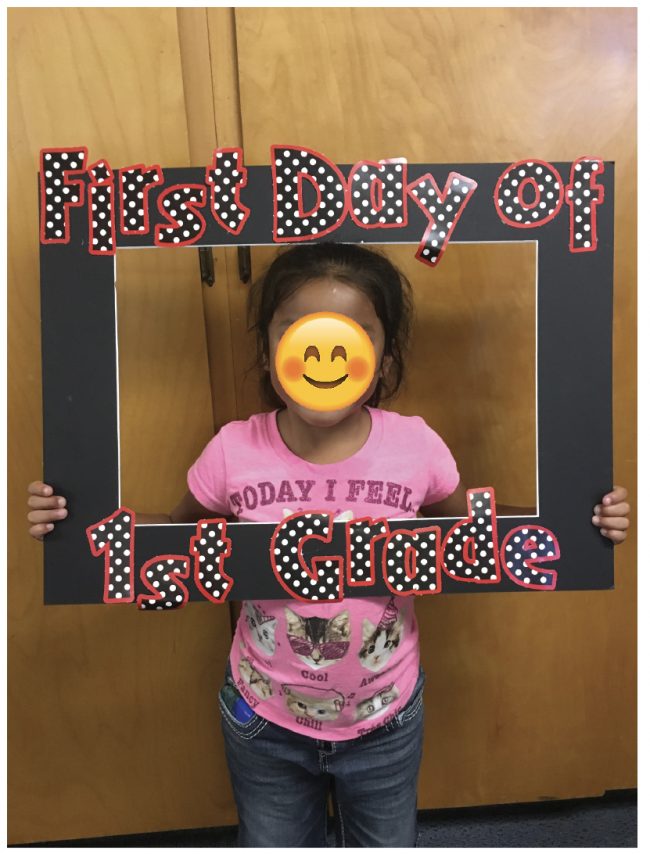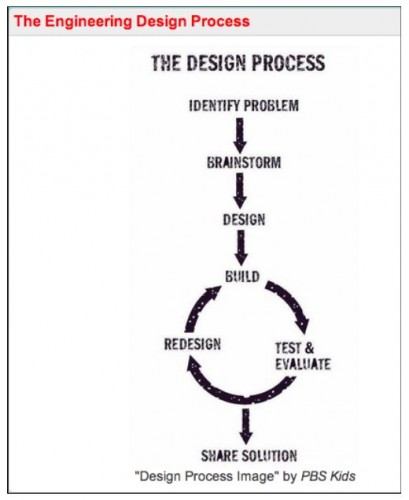Are you a new teacher? A veteran? Somewhere in between? No matter how long you’ve been teaching, you probably approach the new school year with a mix of excitement and trepidation.
Some of you warriors may have already started your 2018-2019 school year, some of you may not start until after Labor Day. To help ease you into the year, we asked some seasoned teachers questions about their beginning-of-the-year routines. Here’s what they had to say.
What is your number one organizational tool or technique for getting ready for the new school year?
My number one organizational tool for getting ready for the school year (and for staying organized throughout the year) would definitely be lists. I make lists for everything! From student information, to upcoming to do’s in my classroom, and even planning outfits for the first week of school- there is a list for it! They help to keep me on track and there is nothing more satisfying than checking something off my to do list.
— Heather Planchon, 4th Grade Teacher
My number one organizational tool is my teacher planner. It holds the key to all my days! Finding the perfect layout is very important for lesson planning and daily planning. I also have a desk calendar to hold all my important dates; so I never miss anything.
— Meghann L., Kindergarten Teacher
The most important organizational tool is numbering my students. This allows me to file their work, assessments, and any other paperwork that needs to go home very quickly. Their cubbies, materials, and anthologies are also numbered, which makes it very simple to match students to stray materials. Their homework folders are numbered, so I can put them in order at the start of the day to see who has not turned in their homework for that day, or simply forgot to get it out of their backpack. I can also quickly scan their cubbies at the end of the day and quickly tell who has not grabbed their homework out of their cubby.
— Tara Rojas, 1st Grade Teacher

What’s a go-to trick that you use to help remember your students’ names those first crazy days of school?
I give them each a name tag to wear when they first come in. They also have a name plate on their desk. I take attendance on the first morning by saying “Good Morning, ___________.” and having the students say, “Good Morning, Mrs. Rojas.” back to me. This helps them remember my name as well, and they do not call me “Teacher” all day. In addition, I play a couple of name games in the morning of the first day, which serves two purposes. First, the name games serve as an ice breaker since first graders tend to be shy/nervous on the first day. Secondly, it helps me learn their names, and to learn each other’s names.
— Tara
I’m not sure this is necessarily a trick to remembering names, but I try my best to remember first and last names of students before they enter, that way I can quickly match a face to each name. It helps to remember who will be walking through the door before they even get there! For students to remember their classmates’ names, we do lots of name games and activities in the first few weeks.
— Heather
My go-to trick for learning new student’s names is pictures! I take several photos on the first day of school (birthday photos, first day of school photo, class group, etc.) , and that is a way to constantly put names to faces. I also try and call on them as many times as I can! I may not always get them right the first day or even the second, but the more I expose myself to calling them by name, the better I am at learning them quickly.
— Meghann
Any back-to-school rituals you do with the kids to preserve memories of the first day?
The back-to-school ritual I enjoy doing is a photo! I like to take their photo holding a “First Day of Kindergarten” sign or I have also seen signs with “My favorite color, My age, etc.” and that would also be a cute idea. I also have the students draw a self-portrait the first day and write their name. This is done again on the last day, too, and it is always rewarding for them to see how far they have come! Any task like that makes a great keepsake for parents!
— Meghann
A few years ago, I started taking a first day of first grade picture with a “frame” I made. [see photo below] This year, I am going to make a cute picture frame from craft sticks, put their first day picture in it, and give it to them at the end of the week for surviving the first week of first grade. I also have them do a tear art self portrait on the first day. There is an “All About Me” writing frame that goes with the tear art. I save this for the first page of their writing/art portfolio that I bind together for Open House at the end of the year.
— Tara

The first day is always such a whirlwind, especially when I taught kindergarten! To make sure we had a fun memory of the first day, we took a first day of K picture using a fun giant frame that I made using foam board, paint, and cut out letters. We paired it with a fun first day interview and hung them up outside of our room for back-to-school night, before sending them home. We also drew a self portrait and practiced writing our name on the first day and then did it again on the last day to see how much we’d grown!
— Heather
What are some beginning of the year tricks that help you stay sane during those first hectic days of school? Share in the comments!
Follow these teachers!
Heather
Instagram: @theprimaryparty
Meghann
Instagram @coloringincardigans
Blog: https://coloringincardigans.blogspot.com/
Tara
Instagram @tararojas
Facebook: Tara Chadwell Rojas

